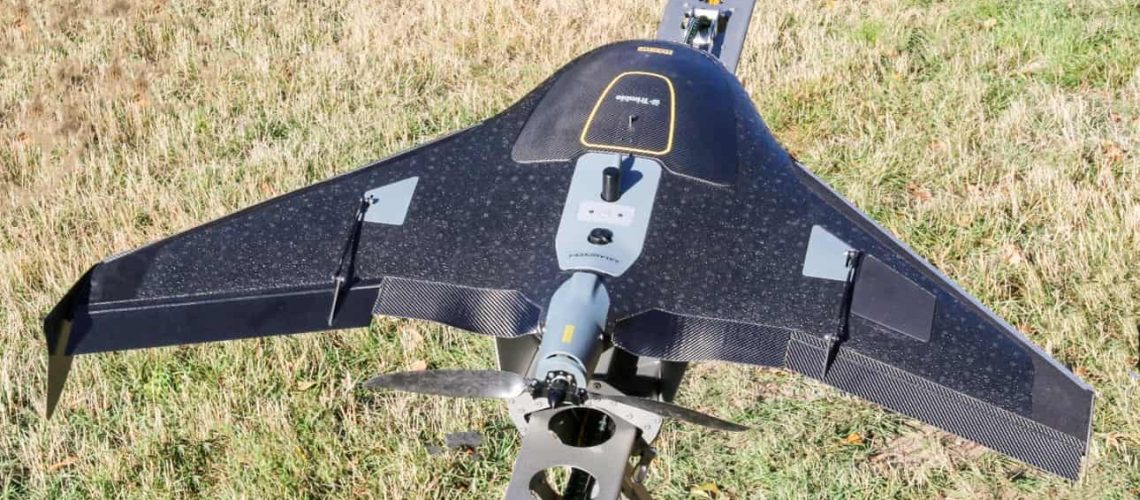This is Part 3 of our Drone Safety Series. Whether you are a novice hobbyist or a serious videographer, these tips will help you take to the skies safely and legally. We’ve studied drone safety and have been flying our Unmanned Aerial Vehicles (UAVs) under FAA Part 107 regulations in northeast Wyoming since 2016. Be sure to check out our other articles to help you get started flying as a drone pilot!
Part 3 – What Happens if I Crash My Drone?
It sounds like your worst nightmare, but the unfortunate reality of flying a drone is that at some point, you WILL most likely have a crash! It may be your fault, or it may be due to conditions out of your control, such as weather or equipment failure. Regardless of how it happened, it’s important to know what to do when it does.
First, you should try to retrieve your drone. If you have trouble finding it, think about what direction you were flying in and if you could have hit anything, such as a tree. Keep your controller ON while you search and watch for it to reconnect. If you have your drone registered (which, by the way, IS REQUIRED – see our previous blog), this could help in the event someone else finds it.
Once you find your drone, it’s important to check for damage to property and vehicles. You are responsible for any damages that were caused by your drone crashing. Any damaged caused by your drone over $500 is required to be reported to the Federal Aviation Administration (FAA). If this drone is registered under Part 107 (commercial operations), you have specific reporting requirements under both FAA and National Transportation Safety Board (NTSB), and all incidents must be reported within 10 days.
It’s possible that property damage caused by a drone may be covered by your homeowners or auto insurance, but sometimes drones are specifically excluded from this coverage. Ideally, you would check your policy BEFORE you start flying a drone, but no one expects a serious accident to happen, so you may be caught off guard.
Before flying your drone again, be sure to inspect it for damage. Broken propellers are the most common outcome of a drone crash, but those can generally be replaced. Examine any other external damage carefully and contact the manufacturer if you have questions. If there doesn’t appear to be much damage, you can start to conduct some test flights in a safe, controlled environment.
Of course, we recommend doing everything you can to PREVENT a crash in the first place! Most crashes can be prevented by being vigilant and careful about preparation for flights. Know your limits and pay attention to the weather.
We hope you enjoy your drone, but please, help us all enjoy drones for years to come by enjoying them responsibly today. Let us know in the comments below if you have any questions or further discussion about flying your drone.


